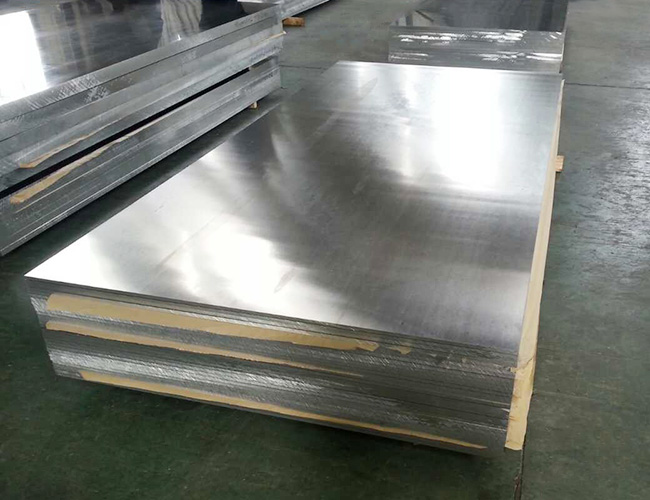
A lot of products use aluminum, and a lot of items on this site use aluminum sheets. Ever wonder how aluminum sheets are manufactured? Ever ask yourself how the plates you are using for your business first came about?
Aluminium is currently extracted exclusively from raw bauxite, an ore found in heavy clay-like soil types several metres below the surface of the ground. This ore is then refined in a hot lime and caustic soda solution, producing alumina, a white oxide powder. When combined with electricity and carbon (to create CO2) at high temperatures, this oxide produces the liquid metal we call aluminium.
This liquid metal is then formed into different sorts of ingots or alloys, depending on what its eventual application will be. Aluminium intended for tubes, rods, sheets and angles is usually formed into ingots which can measure up to 20 feet in length (and weigh up to 20 tons!), but which have extremely formable (ductile) properties. This makes it easy to roll or press them under varying temperatures and pressures to produce plates, sheets, foils and other forms of almost any useful thickness.
The journey for aluminum plates and sheets start with the mining of the mineral used to create this metal. Bauxite, which is the raw material where aluminum comes from, is in clay-like type soil. This is usually found only a few meters underneath the ground and is most abundant around the equator.
Once the bauxite is mined, it is washed off of any clay sticking to it then ground up and prepared for the extraction of aluminum oxide, or alumina. In order to extract the alumina from the crushed bauxite, a process that involves a mixture of hot caustic soda and lime is used. The result of the heating of the crushed bauxite and the purification of the resulting crystals is the alumina needed for the creation of aluminum metal.
The next step in this process is the creation of the aluminum metal. This is done with the help of carbon and electricity. In a process called electrolysis, using negative and positive cathodes made of carbon, the alumina is then converted to a liquid state with the creation of CO2. This liquid aluminum is then poured into different forms that produce sheet ingots or slabs, which are then used to create aluminum plates and sheets.
In the production of aluminum plates, the sheet ingots or slabs are first smoothed for these to get that mirror-like shine that aluminum is known for. These are then rolled through a rolling machine after being heated to 400ºC and this comes out as a thin sheet of metal. This process is called hot rolling. The sheets produced here are rolled into coils in preparation for the next stage.
The next stage for these aluminum sheets is called cold rolling. This is where these sheets are flattened into different thicknesses to suit the many applications these are to be used for and to suit the needs of various clients. These are also stored in rolls, just like the rolls that were produced after hot rolling.
These rolls undergo different finishing processes where different types of aluminum are produced. This is where annealing, surface treatments and many more are done. Before these are shipped out to the respective companies that ordered them, inspection is conducted to ensure that these aluminum plates and sheets are of the right quality.
Aluminum sheets are produced through a complex manufacturing process involving mining, refining, casting, and rolling. Understanding this process helps us appreciate the importance of aluminum sheets in various industries.
Casting and Rolling of Aluminum Sheets:
The production of aluminum sheets begins with the casting and rolling processes. Initially, molten aluminum is poured into a crucible or ladle and cooled until it solidifies into large ingots. These ingots are then reheated to make the metal malleable for the subsequent rolling stage.
Once the metal reaches the required temperature, typically around 500 degrees Celsius, it is passed through rollers to flatten it and reduce its thickness. The thickness of aluminum sheets can vary, ranging from 0.2mm to 500mm, depending on the specific application and product requirements. It is crucial to execute this process with care, avoiding excessive pressure that could damage the material or result in deformities. After rolling, any surface imperfections or defects are removed through polishing, ensuring high-quality products suitable for industrial use.
Aluminum Mining and Refining:
The first step in aluminum sheet production involves mining. Aluminum, which is abundant in the earth's crust, is typically found combined with other elements such as oxygen, silicon, and bauxite. To extract aluminum, large machines excavate the earth, recovering aluminum ore.
Following the extraction process, the aluminum ore needs to undergo refinement to eliminate impurities. This refining stage employs chemicals and high temperatures to remove substances like iron, silicon, and bauxite. The outcome is a purer form of aluminum, ready for further processing.
Smelting and Casting:
After the refining process, the refined aluminum is subjected to smelting. This involves placing the aluminum in a furnace and heating it to temperatures exceeding 1,000 degrees Celsius. The high temperature causes the refined aluminum to liquefy, allowing impurities to be removed.
Once smelting is complete, the molten aluminum is cast into ingots or billets. Ingots are large metal blocks suitable for subsequent processing, while billets are smaller blocks primarily used for creating aluminum sheets.
Rolling and Final Products:
The final step in the manufacturing process is rolling. The ingots or billets are passed through rollers, which flatten them into thin sheets of aluminum. These sheets can be cut to various sizes, tailored to meet specific requirements for packaging, construction, and other applications.
Aluminum sheets are favored for their durability and resistance to corrosion and rust when exposed to external elements. Their production requires meticulous attention to detail and adherence to stringent quality standards demanded by industries worldwide. For further information on

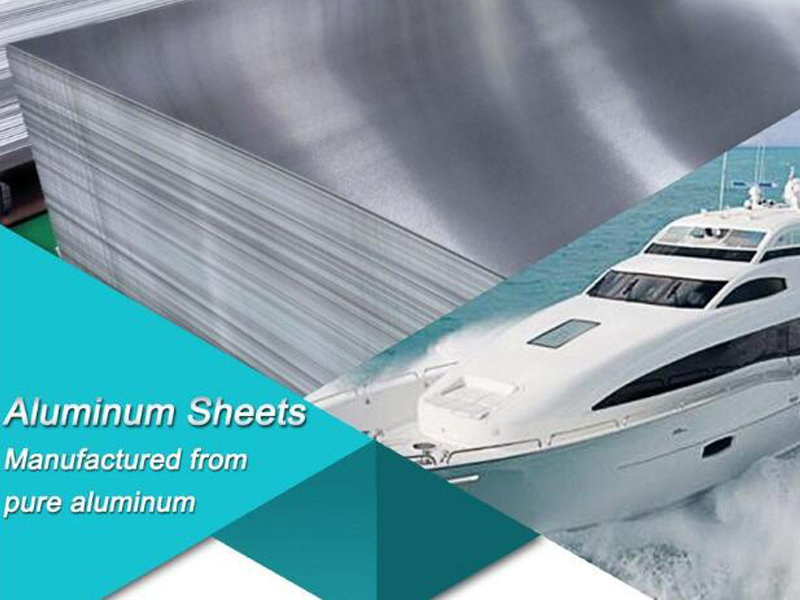
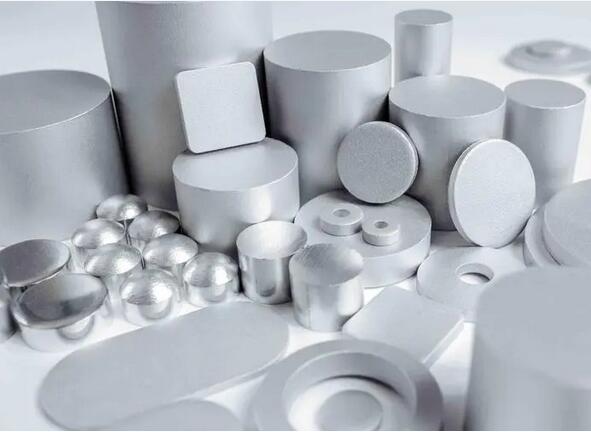
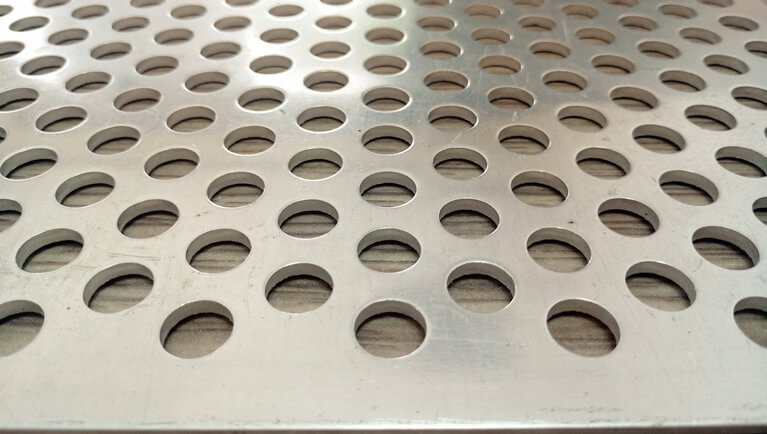
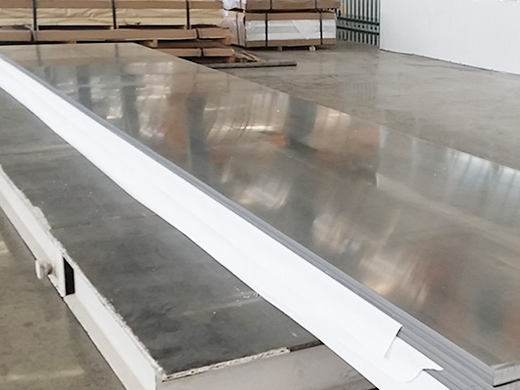
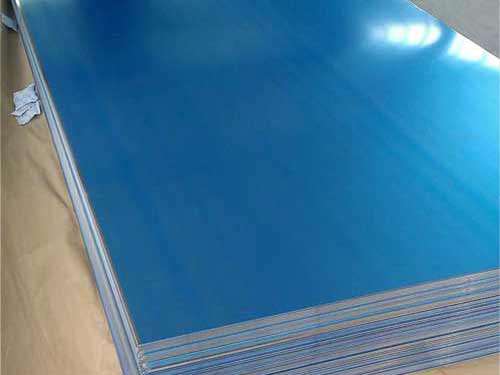
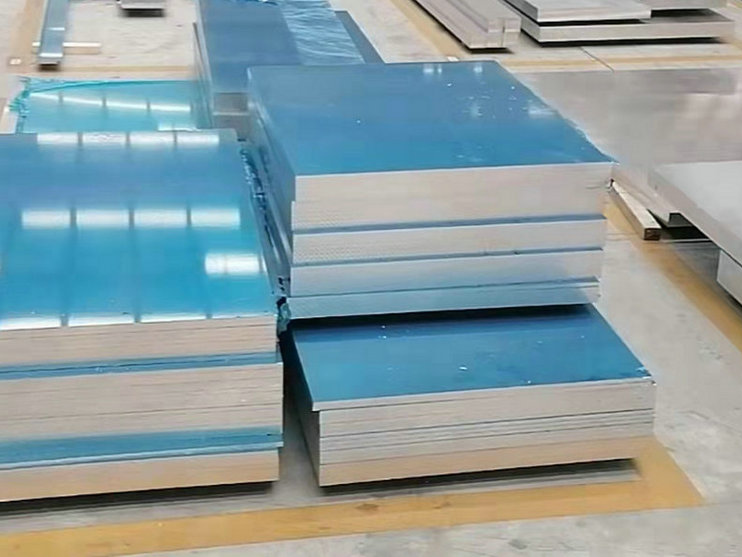
Related Comments